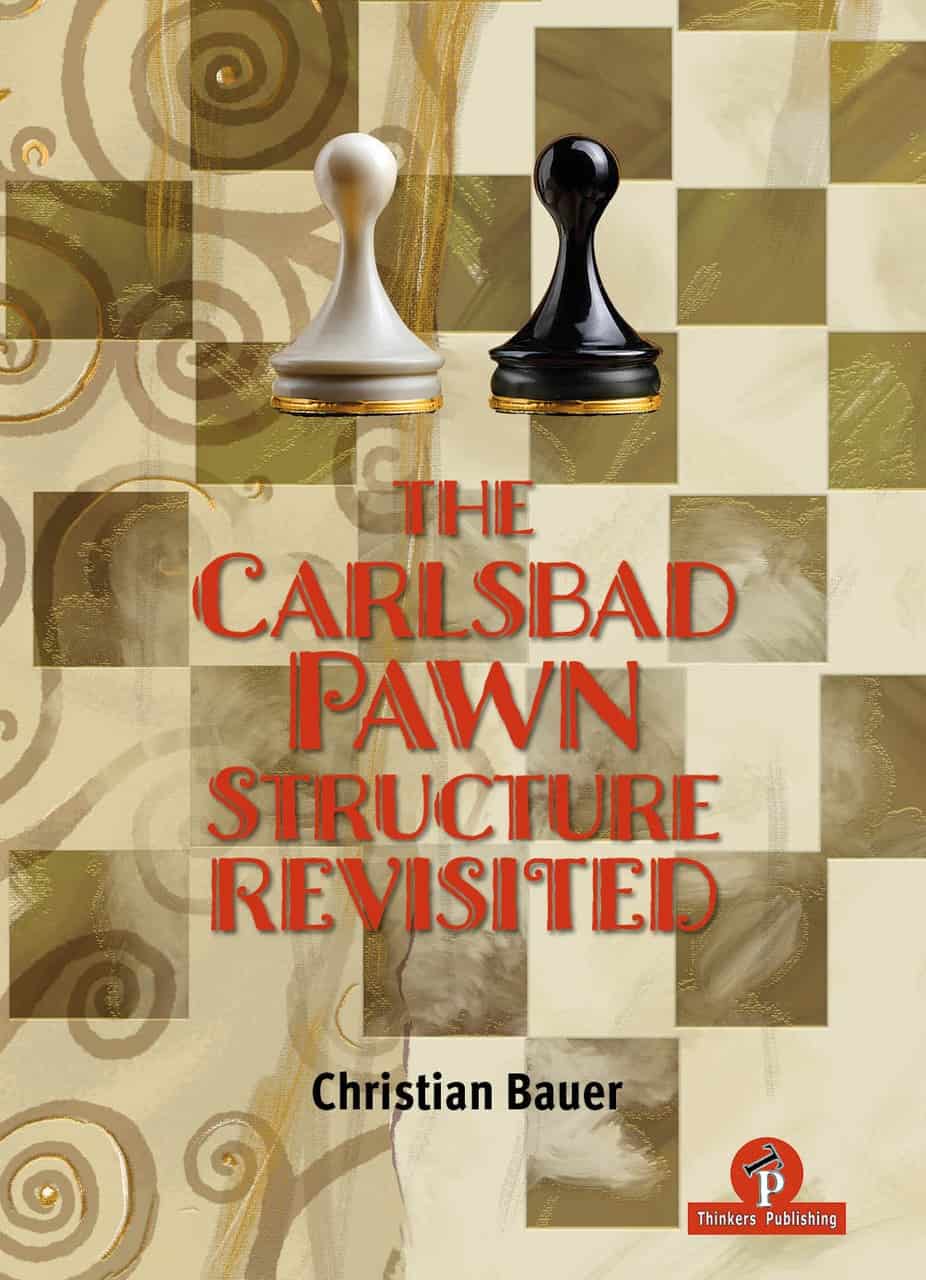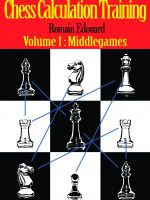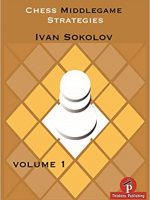Description
The Carlsbad Pawn Structure is a well-known chess structure that arises from many Queen’s Gambit Declined and Exchange Slav positions. Here are key points:
Key Features
- White has pawns on d4 and c4, Black has pawns on d5 and c6.
- Typical for 1. d4 openings, especially in the QGD Exchange Variation (e.g., 1. d4 d5 2. c4 e6 3. Nc3 Nf6 4. cxd5 exd5).
Strategic Plans for White
- Minority Attack (b4-b5) – White advances pawns on the queenside to create weaknesses in Black’s camp (especially the backward c6 pawn).
- Central Breaks (e4) – White can prepare e3-e4 to break in the center, challenging Black’s d5 control.
- King’s Side Play (f3 & g4) – Occasionally, White shifts plans to the kingside, especially if Black castles kingside.
Strategic Plans for Black
- Kingside Attack (f5-f4) – Black can initiate counterplay by pushing pawns on the kingside.
- Blockade & Knight Maneuvers – Knights on d6 or e4 can help control key squares.
- C-file Control – Placing a rook on c8 and contesting the open c-file is a common idea.
Typical Piece Placement
- White’s knight often goes to f3 and d2, then to b3 or e5.
- Black’s knight often maneuvers to d6 or e4 (via e8 or f6).
- White’s light-squared bishop is often on d3 or e2, while Black’s dark-squared bishop is usually developed to e7 or d6.
Typical Weaknesses
- For Black: The backward c6-pawn and the weak b7-square after b5.
- For White: Overextension on the queenside can lead to counterplay on the kingside.
This structure has been played in many classic games, especially by players like Capablanca, Karpov, and Petrosian.








Reviews
There are no reviews yet.